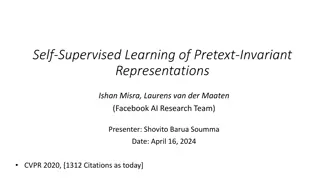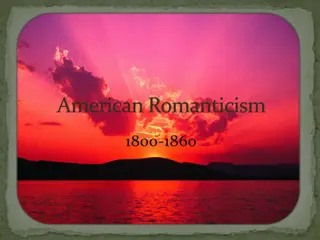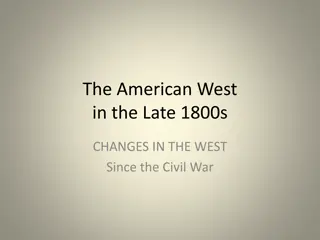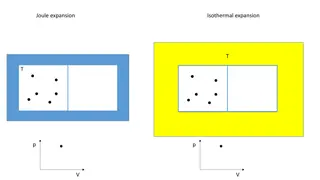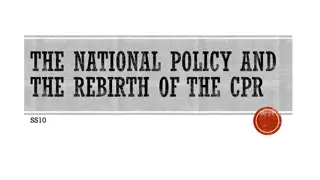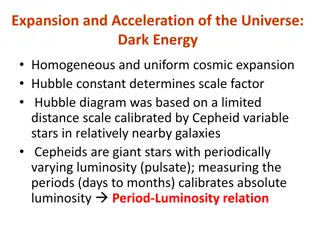Contrasting Real vs. Ideal Representations in American Westward Expansion
Explore the juxtaposition of real and idealized depictions in the context of Westward Expansion in the U.S., showcasing artworks by renowned artists like Bierstadt and Romantic painters. Understand the shift from realistic portrayals to romanticized interpretations through striking visual examples provided by students and photography tips for capturing captivating images. Witness the dichotomy between the raw realities of history and the romanticized visions that shaped perceptions of the American frontier.
Download Presentation

Please find below an Image/Link to download the presentation.
The content on the website is provided AS IS for your information and personal use only. It may not be sold, licensed, or shared on other websites without obtaining consent from the author.If you encounter any issues during the download, it is possible that the publisher has removed the file from their server.
You are allowed to download the files provided on this website for personal or commercial use, subject to the condition that they are used lawfully. All files are the property of their respective owners.
The content on the website is provided AS IS for your information and personal use only. It may not be sold, licensed, or shared on other websites without obtaining consent from the author.
E N D
Presentation Transcript
Real vs. Ideal Westward Expansion in the U.S.
Bierstadt, A. (1868). Among the Sierra Nevada Mountains, California. Washington, D.C.: Smithsonian American Art Museum. Jackson, W.H. (1869). Thousand Mile Tree. U.S. Geological Survey Photographic Library. Weber County, UT.
Romantic Art Full of imagination Dramatic Mysterious Emotional Focused on feelings Idealized Spiritual Celebrates nature Friedrick, C.D. (1818). Wanderer Above the Sea of Fog.
Turner, J.M.W. (1829). Ulysses Deriding Polyphemus. National Gallery, London.
Real Life Image Credit: Rachel Jackson
Romanticized Image Credit: Rachel Jackson
Images on slides 7-14 provided by Mr. Mendenhalls sixth-grade class, Rees Elementary, Spanish Fork, Utah.
Photography Tips Hold your camera still. Focus on your subject matter. Look for different perspectives. Shoot at a subject s eye level. Find frames. Use leading lines. Wikimedia Commons




